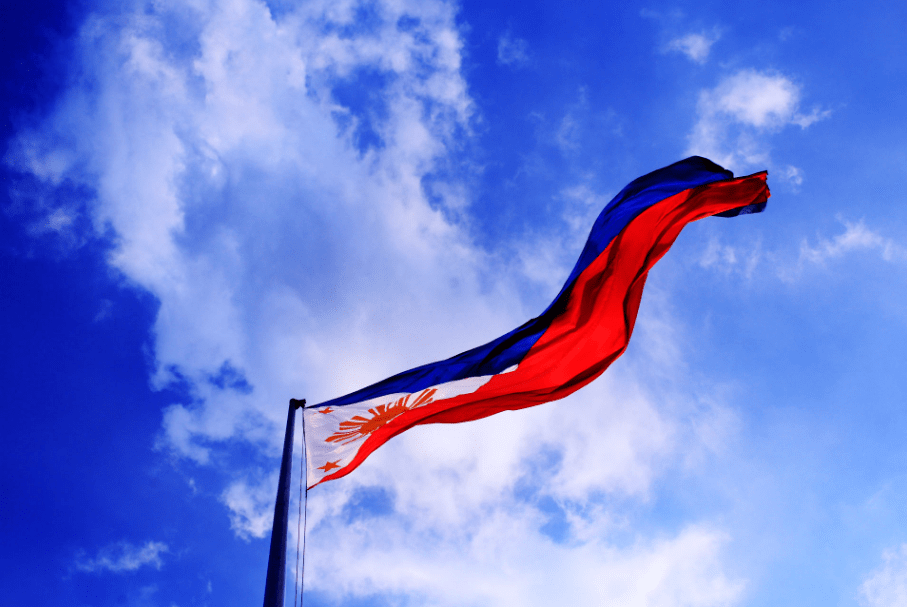A few years after the battle of Filipino nationalists against the Spanish, there transpired the Philippine-American War that spanned from 1899 to 1902. The bloodshed resulted in the death of over 20,000 Filipino soldiers and combatants, as well as over 4,200 Americans.
But the casualties didn’t end there. More than 20,000 Filipino civilians were called to their graves because of illnesses, famine, and violence.
Now, you may be wondering, what motivated this unruly, inhuman bloodshed in the Pearl of the Orient Sea? If you want to know more details about the Philippine-American War, make sure to scroll further.
The end of the Spanish regime and the start of Philippine independence
It happened last May 1, 1989, where the U.S. Asiatic Squadron dismembered the Spanish Pacific fleet during the Spanish-American War, which took place from April to August 1898. The U.S. won the war, and in the next month, the Filipinos reclaimed their independence and proclaimed a provisional republic under the helm of Gen. Emilio Aguinaldo. A few days after, the American Anti-Imperialist League, a community that opposes American involvement in the Philippines, has been continuously growing.
After the Spanish-American War, while the Americans are busy debating the annexation question, the Filipino revolution under Aguinaldo’s leadership took control of most of the lands in Luzon, the country’s largest island, and proclaimed an independent nation. When it was made clear that the Americans are trying to colonize the country, it swelled into a bloody war. Americans referred to the war as an act of rebellion, rather than acknowledging that the Filipinos were simply trying to protect their hard-earned independence. However, local efforts failed, and thus the land fell into the greedy hands of the westerns.
The takeover
It was in March 1900 when U.S. President William McKinley declared the Second Philippine Commission to establish a civil government in the country, totally ignoring the existence of Aguinaldo’s Philippine Republic. It was on April 7 when McKinley instructed William Howard Taft to “bear in mind that the government which they are establishing is designed not for our satisfaction, or for the expression of our theoretical views, but for the happiness, peace, and prosperity of the people of the Philippine Islands.”
The first phase of the Filipino-American War
The first stage was dominated by President Aguinaldo’s failed attempts to fight the more-equipped and better-trained American soldiers.
The Guerrilla Campaign
Shortly afterward, the Filipino government fled northward of the country to resort to guerilla warfare. This led to a series of devastating consequences. The majority of the insurrection operations transpired in Luzon, and in all operations, the U.S. Army was assisted by indigenous Macabebe scouts, who had previously served the Spanish regime. The Macabebe scouts further fueled the power of the westerns.
The guerilla warfare ended when U.S. Brig. Gen. Frederick Funston captured Aguinaldo, and after finding out the location of the latter’s headquarters, Funston led an expedition towards the mountains of northern Luzon. They arrested many revolutionists and tagged them as prisoners of war and rebels.
President Aguinaldo then pledged his allegiance to the U.S. in hopes of calling off all forms of hostility. However, the guerilla campaign did not falter.
Roosevelt proclaimed a general amnesty and called off all forms of conflict on July 4, 1902, although minor acts of reclamation of Philippine independence occurred periodically in the succeeding years.
The war was extremely brutal on both sides. As you can see, the U.S. forces are better armed, possess better ammunition and other war equipment. They used their power to burn villages, implement stringent policies, and shamelessly tortured civilians that go against them. Thousands of people have been sent to their graves due to the chaos, as well as the plague of illnesses such as cholera and malaria, and also because of the food shortages caused by natural catastrophes.
After Filipino Gen. Miguel Malvar surrendered in Samar, the Americans continuously hunted for guerillas, who were tagged as bandits. Even as the chaos went on, United States launched a pacification campaign under future President William Howard Taft, which is known as the policy of attraction. This policy permits a certain level of self-government, social reforms, and plans to improve the economy.
The last blow
The last resistance to the westerns happened on Samar from the years 1904 to 1906. The Americans retained possession of the areas only until 1946.

